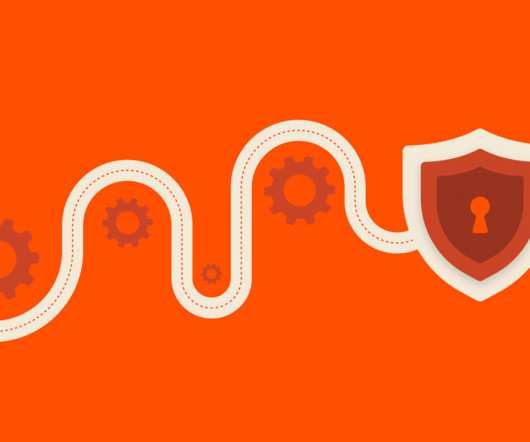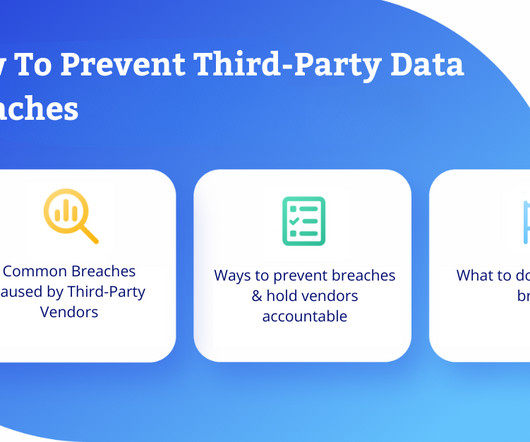Cybersecurity Leadership: The Complete Guide to Building and Leading an Effective Security Team
Pure Storage
OCTOBER 14, 2024
Quick Recovery When a breach does occur, the speed and efficiency of an organization’s response are often directly influenced by leadership. A clear, well-rehearsed incident response plan reduces the time it takes to detect and mitigate threats.





















Let's personalize your content